
Property of wave wave speed; light waves in air have a greater speed
The period of a sound wave is the time it takes for an air molecule to oscillate back and forth one time. The wavelength of a sound wave is the distance between two compressed regions of air. People get these mixed up because there's an alternate way to create a graph of this sound wave. Consider this.
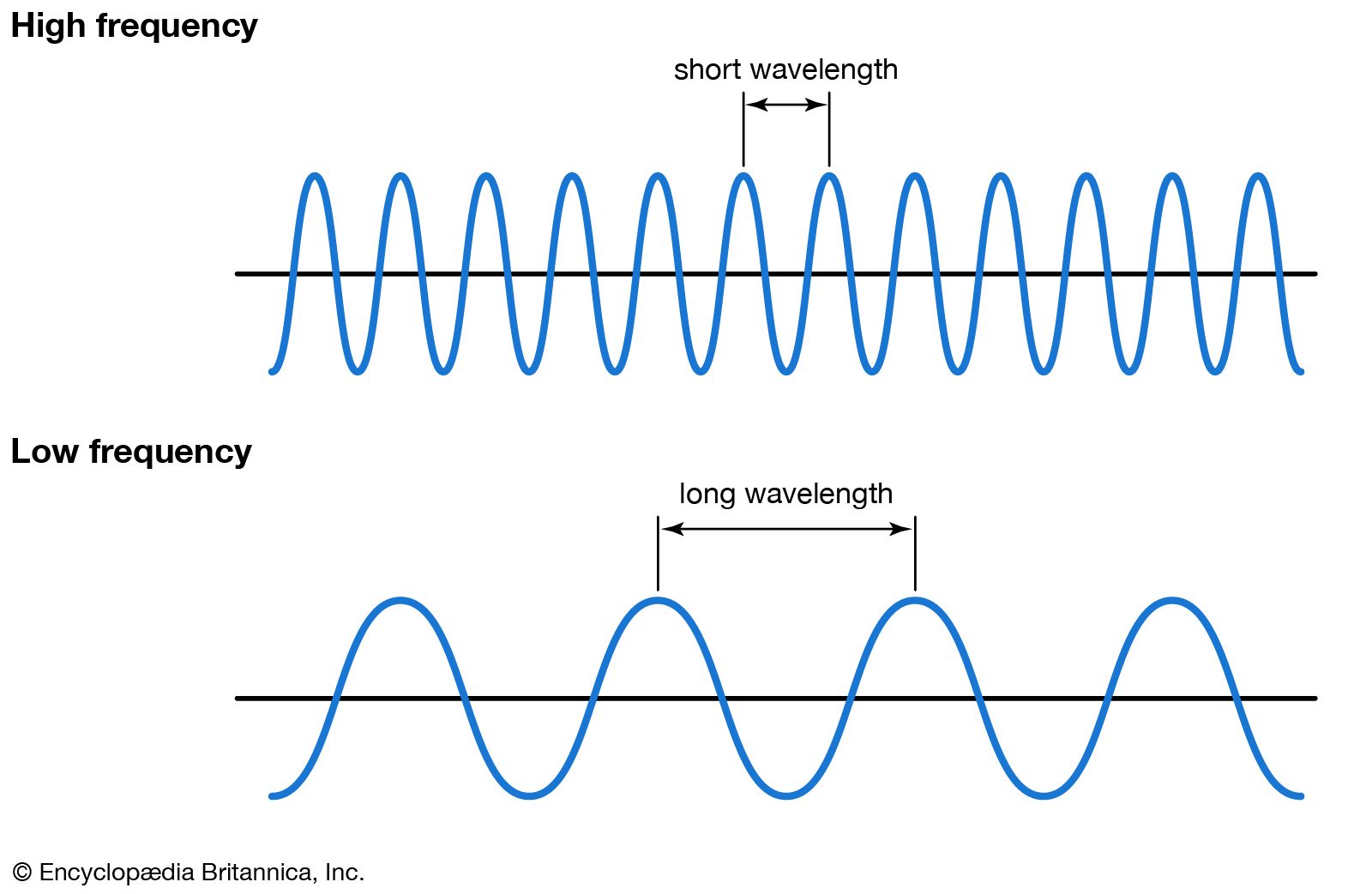
Frequency Calculator Period to Frequency and More
Sound waves are a type of energy that's released when an object vibrates. Those acoustic waves travel from their source through air or another medium, and when they come into contact with our.
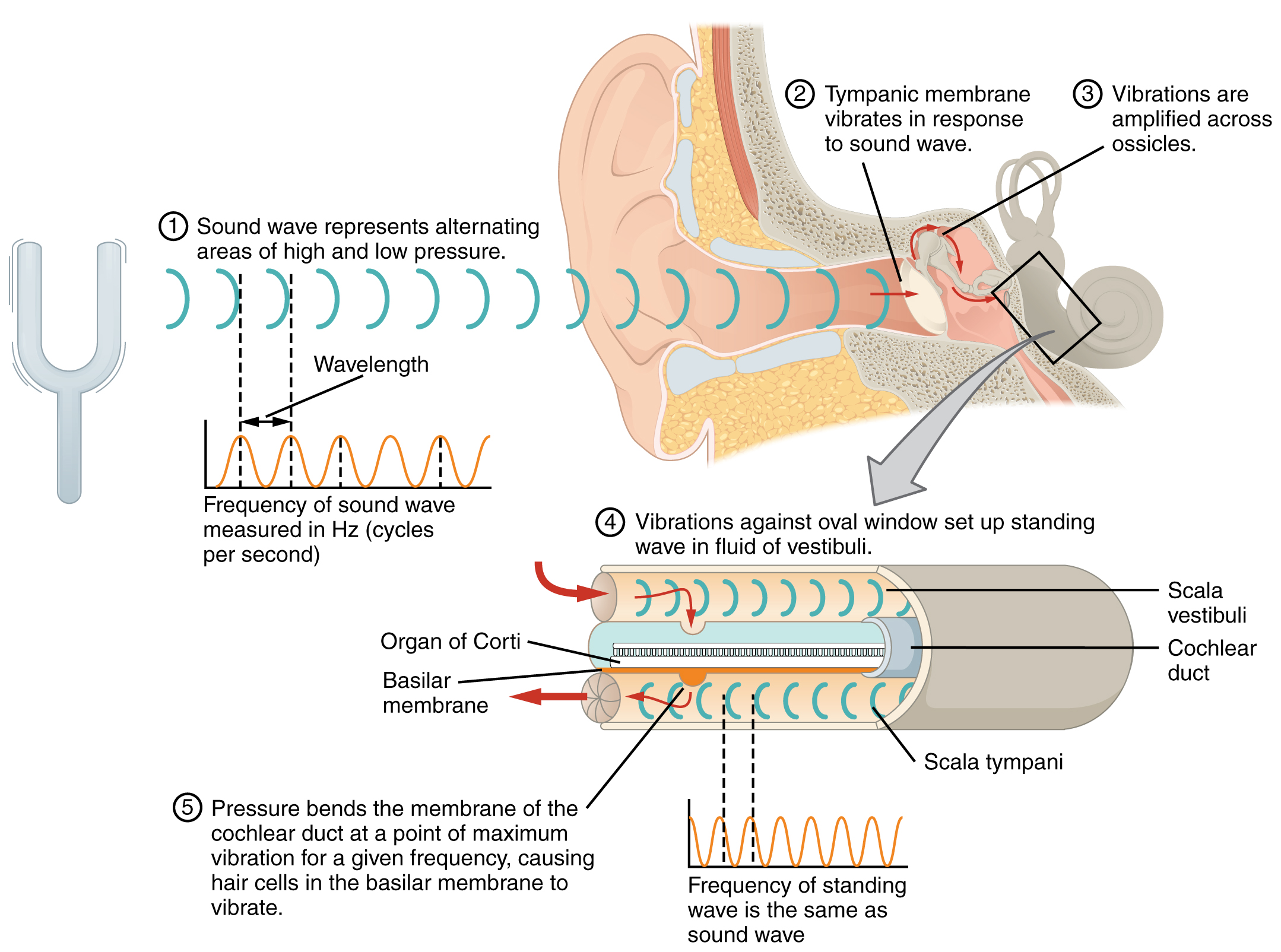
This diagram shows how sound waves travel through the ear, and each
Longitudinal sound waves are used in ultrasound to do prenatal screening. Also, you can clean teeth using ultrasound, knock out small cancers, and obliterate kidney stones, all using ultrasound, which is sounds at a frequency in excess of 20,000 Hz. Cool stuff! :)

As sound waves travel, they float upwards away from the pull of gravity
Interference happens to all types of waves, including sound waves. In fact, one way to support that something is a wave is to observe interference effects. Figure 14.19 shows a set of headphones that employs a clever use of sound interference to cancel noise.

What Direction Do Sound Waves Travel? All Directions!
Auditory pathway. The external ear/pinna funnels sound waves into a unidirectional wave, and is able to direct it into the auditory canal. This sound then reaches the tympanic membrane, and causes it to vibrate. The louder the sound the bigger the vibration, the lower pitch the sound the slower the vibration.

CSEC Physics Behaviour of Sound Waves
Imagine holding one end of a piece of rope. If you shake it up and down, you create a wave, with the rope as your medium. When your hand moves up, you create a high point, or crest.. sound wave: A wave that transmits sound. Sound waves have alternating swaths of high and low pressure. trough: (in physics) the bottom or low point in a wave.
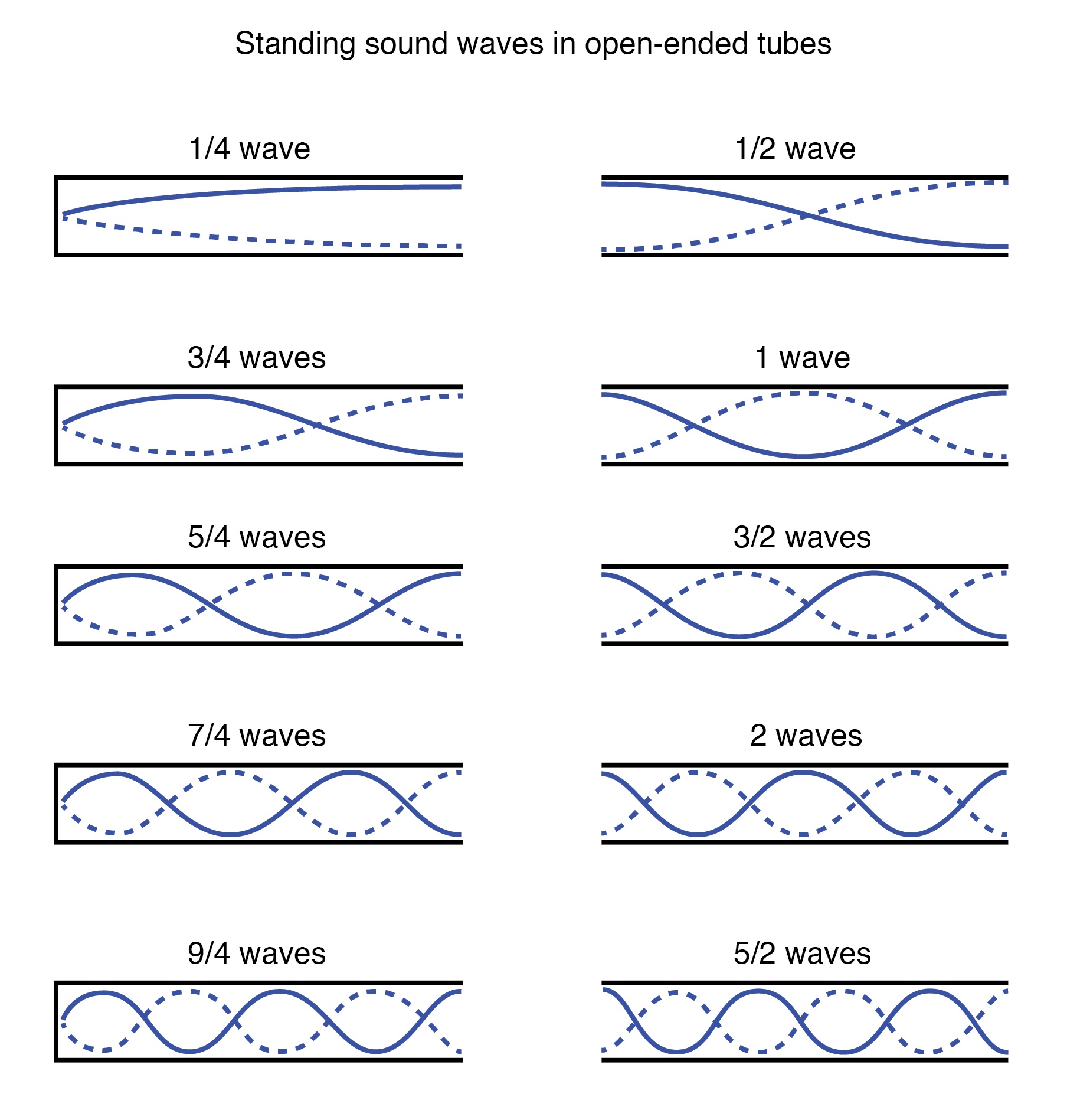
Standing Waves, Frequency & Harmonics Revise Zone
In terms of sound, frequency determines the pitch of the sound you hear. High-frequency sound waves produce high-pitched noises, like a whistle, while low-frequency sound waves produce low-pitched noises, like a drumbeat. Frequency is measured in hertz (Hz), and in everyday life, human hearing ranges from about 20\text { Hz} 20 Hz to 20 {,}000.

Where do sound waves end up? BBC Science Focus Magazine
A speaker produces a sound wave by oscillating a cone, causing vibrations of air molecules. In Figure 17.2.2 17.2. 2, a speaker vibrates at a constant frequency and amplitude, producing vibrations in the surrounding air molecules. As the speaker oscillates back and forth, it transfers energy to the air, mostly as thermal energy.
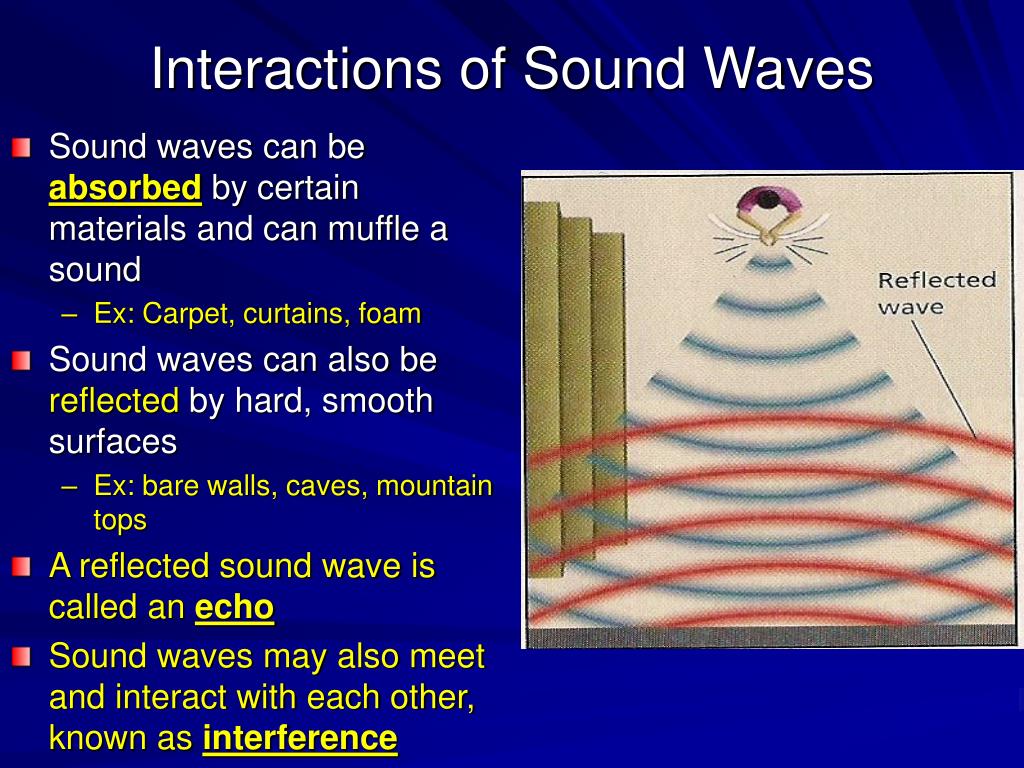
PPT What is Sound? PowerPoint Presentation, free download ID4097934
Sound waves stay on Earth in the atmosphere, and become part of that atmospheric motion, which is gaseous motion. This motion exists because there is a non-zero temperature for the atmosphere (say 300K). So the sound wave attenuation will reduce the given wave intensity, and corresponding particle motion, and corresponding air pressure.

Wavelengths Of Sound
Sound waves are vibrations of air molecules that travel through the atmosphere. But what happens to them when they reach the edge of space or encounter an obstacle? Find out how sound waves behave in different environments and how they can be used for various purposes.
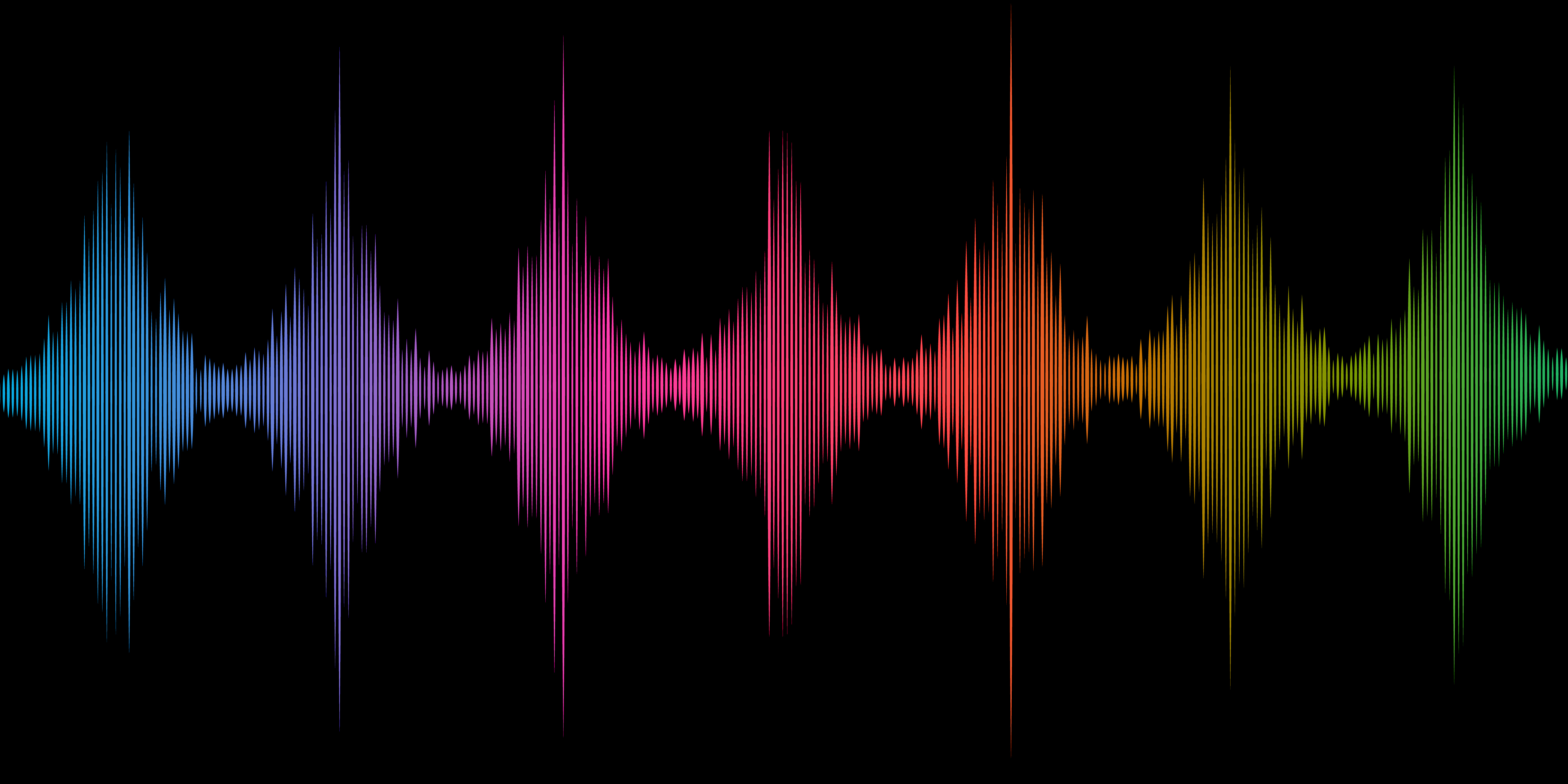
Abstract sound waves background 1307964 Vector Art at Vecteezy
The Physics of Waves. Waves are created when energy is transferred through a medium like water or air. There are two types of waves, transverse and longitudinal (sometimes called pressure or compression waves). When people think of waves, they often think of transverse waves. Click each video to see an example and explanation of both types.

soundwaves.jpg (1498×1317) Sound waves, Waves, Sound
A disturbance is anything that is moved from its state of equilibrium. Some sound waves can be characterized as periodic waves, which means that the atoms that make up the matter experience simple harmonic motion. A vibrating string produces a sound wave as illustrated in Figure 14.2, Figure 14.3, and Figure 14.4. As the string oscillates back.

mediums waves oceanwaves sound travelingenergy energy Sound
This page titled 2.1: Fundamentals of Sound is shared under a CC BY-SA 4.0 license and was authored, remixed, and/or curated by Tom Weideman directly on the LibreTexts platform. Here we examine what makes sound special among waves, and how we can employ the tools of general weave mechanics to this particular wave phenomenon.

Images of Wave Technology JapaneseClass.jp
For a sound wave traveling through air, the vibrations of the particles are best described as longitudinal. Longitudinal waves are waves in which the motion of the individual particles of the medium is in a direction that is parallel to the direction of energy transport. A longitudinal wave can be created in a slinky if the slinky is stretched.

How Do Sound Waves Travel? Sciencing
Sound waves are longitudinal waves in a medium such as air. The molecules in the medium vibrate back and forth from their equilibrium position. This leads to the molecules being compressed in some parts of the wave, which results in variations in pressure in a predictable pattern. For example, when a musician blows into a tube such as a flute.

SOUND WAVES END CORRECTION YouTube
Sound. When a drum is struck, the drumhead vibrates and the vibrations are transmitted through the air in the form of sound waves. When they strike the ear, these waves produce the sensation of sound. Terms used in the study of sound. Acoustics is the science of sound and of its effects on people. Condensation is a region in a sound wave in.
- Cambiar Pastillas De Freno Honda Cbf 600
- Descargar Si Te Vas Extremoduro
- La Bruja De Los Zapatos Rojos Pdf Google Drive
- El Mayor Mafioso De La Historia
- Adelgazar Con Batidos De Soja
- Aguila Y Leon A La Vez
- Defensa Argentino De Los 70
- Crema De Día Kueshi Raspberry Vit C
- Como Ajustar Desviador Delantero De Tres Platos
- El Tiempo Para Mañana En Onda